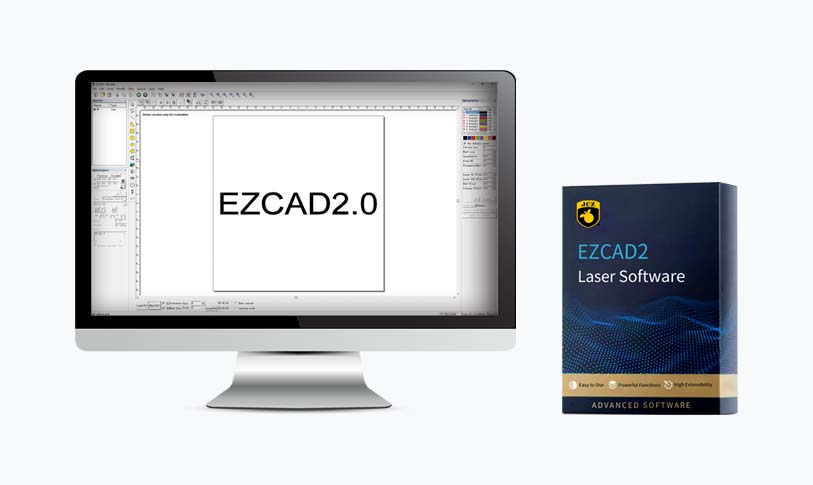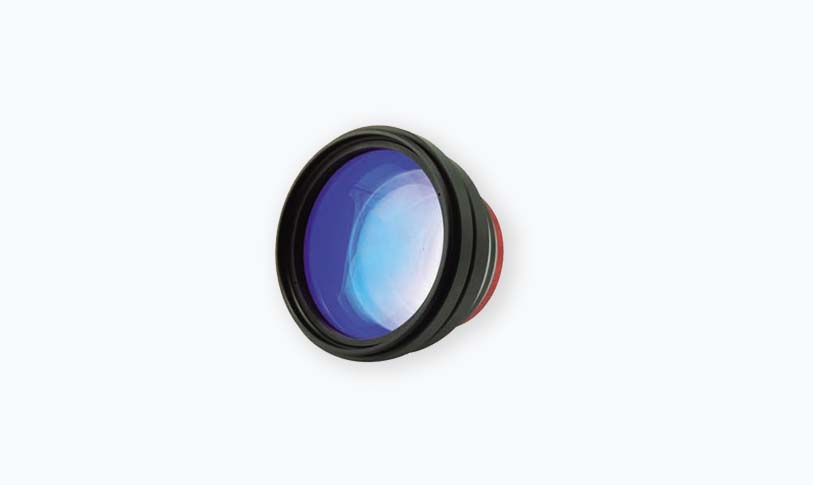****
In recent years, UVC lasers have garnered significant attention in various fields, primarily due to their effectiveness in sterilization and infection control. As the world faces new challenges in public health, particularly after global crises like the COVID-19 pandemic, UVC lasers offer innovative solutions to mitigate the spread of pathogens. This article delves into the properties, applications, and safety considerations associated with UVC lasers, highlighting their crucial role in modern sanitation and healthcare practices.

Understanding the Potential of UVC Lasers in Sterilization and Infection Control: A Comprehensive Overview
What Are UVC Lasers?
Ultraviolet (UV) light is categorized into three types based on wavelength: UVA, UVB, and UVC. UVC light, which ranges from 200 to 280 nm, is particularly effective in deactivating microorganisms. UVC lasers emit concentrated beams of this ultraviolet light, making them powerful tools for disinfecting surfaces, air, and water. Unlike traditional disinfectants that require contact time, UVC lasers can kill viruses and bacteria almost instantaneously upon exposure, making them an attractive option for hospitals, laboratories, and public spaces.
How UVC Lasers Work
The germicidal properties of UVC light are primarily due to its ability to damage the DNA and RNA of microbial cells. When UVC light strikes these pathogens, it induces the formation of covalent bonds between certain bases in the DNA, which prevents replication and ultimately leads to cell death. This process is known as photodimerization. The efficiency of UVC lasers in deactivating microorganisms depends on several factors, including exposure time, intensity, distance from the surface, and the type of pathogen.
Applications of UVC Lasers
1. **Healthcare Facilities**: Hospitals and clinics are increasingly adopting UVC laser systems for sterilization purposes. Operating rooms, patient rooms, and waiting areas can be rapidly disinfected, helping to reduce healthcare-associated infections (HAIs). UVC lasers can also be used to disinfect medical equipment, ensuring a higher level of safety for patients and staff.
2. **Water Treatment**: UVC lasers play a vital role in treating water, particularly in areas where access to safe drinking water is limited. These lasers can effectively eliminate pathogenic microorganisms from water sources, making it safe for consumption and reducing the risk of waterborne diseases.
3. **Air Purification**: UVC technology is employed in air purification systems to eliminate airborne pathogens. UVC lasers integrated into HVAC systems can help maintain indoor air quality and ensure that spaces are free from harmful viruses and bacteria.
4. **Public Spaces**: The deployment of UVC lasers in public environments such as schools, airports, and shopping malls has become increasingly common. Automated UVC systems can disinfect areas between uses, creating safer environments for the public.
5. **Food Industry**: UVC lasers can also be utilized for surface sterilization in food processing facilities, ensuring that surfaces that come into contact with food products are free from microbial contamination.

Understanding the Potential of UVC Lasers in Sterilization and Infection Control: A Comprehensive Overview
Safety Considerations
While UVC lasers are highly effective, they also pose specific safety risks. Direct exposure to UVC light can cause damage to skin and eyes, leading to burns or other injuries. As such, it is crucial for users to adhere to stringent safety protocols when operating UVC laser systems. Protective gear, proper training, and safety signage are essential to mitigate risks associated with UVC exposure.
Furthermore, there is ongoing research into the long-term effects of UVC exposure on health, prompting industry standards to evolve as new findings emerge. Manufacturers and organizations must continuously evaluate the efficacy and safety profiles of UVC laser technologies to ensure that their benefits outweigh potential risks.

Understanding the Potential of UVC Lasers in Sterilization and Infection Control: A Comprehensive Overview
Conclusion
The rise of UVC lasers in sterilization and infection control represents a significant advance in public health technology. With their rapid effectiveness against a wide range of pathogens and diverse applications across various sectors, UVC lasers hold great promise in promoting hygiene and safety. However, as with any technology, it is vital to remain vigilant about safety practices and protocols to harness their benefits fully. As research continues and technology advances, UVC lasers could play an even more integral role in protecting public health and preventing the spread of infectious diseases in the future.laser co2 100w



